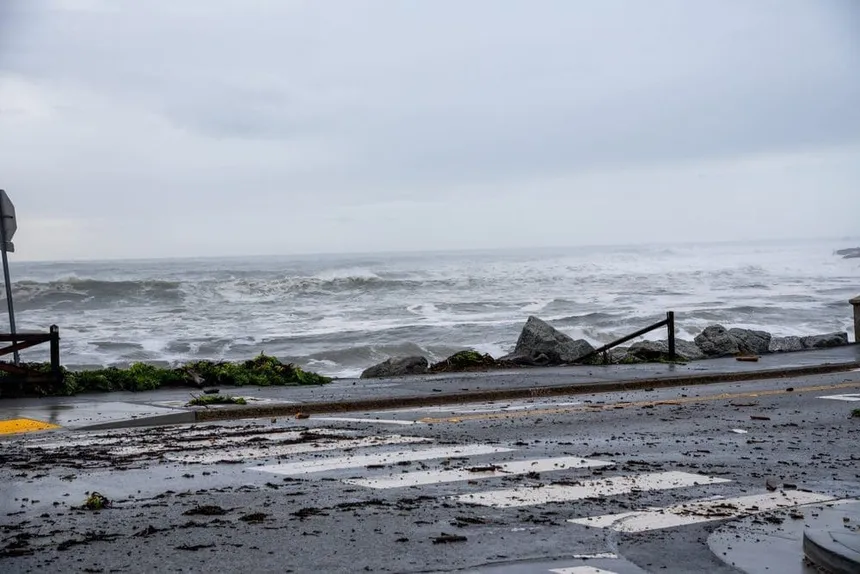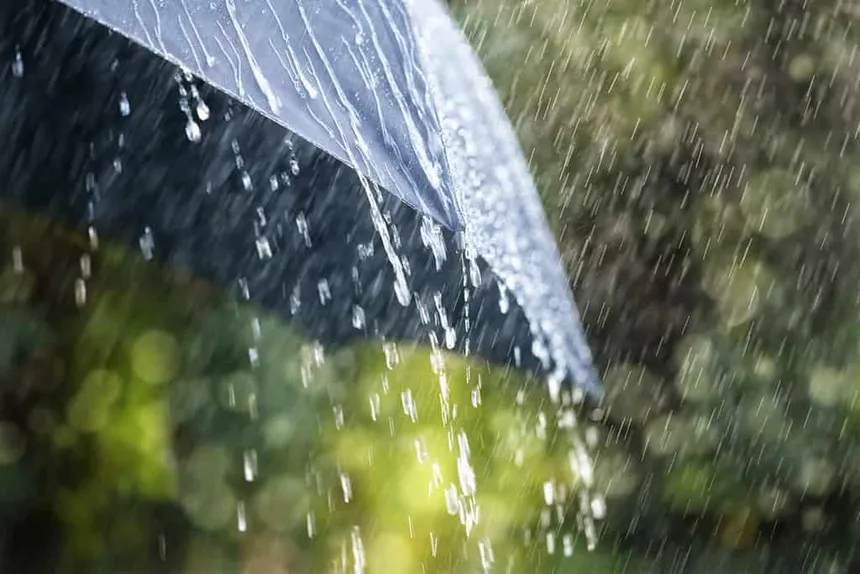The state of California has been ravaged by a series of devastating storms, pouring water on a region that has been mired in drought for years. Experts say the precipitation will help alleviate the drought, but exactly how much remains to be seen. Some areas of the state will benefit more than others, and it will take more than just a few storms to fill the state’s largest reservoirs.
The storms have brought a tremendous amount of water to central California, including the San Francisco Bay Area and Sacramento Valley, where precipitation is running 138% of average for this time of year. The Sierra Nevada mountain range, which runs along California’s eastern border, has also seen significant snowfall. While most of the state’s reservoirs remain below average for this time of year, some have begun to fill, especially those close to the hard-hit Sacramento region and along parts of the Sierra Nevada.
The reservoirs are essential for irrigating the Central Valley, a productive stretch of farmland that grows large amounts of fruits, nuts, and grains. The reservoirs also supply water to millions of people living in coastal cities. For example, a small reservoir in Sonoma county that was at roughly half its historical average on Christmas had risen to 80% of that average by Monday.
However, the storms haven’t dropped as much water on northern California, and the state’s largest reservoir, at Lake Shasta, is still well below historical averages due to years of water scarcity. The atmospheric rivers that have been bringing the storms also move around, and it may take five or six such drenchings to fill some of the biggest reservoirs.

The climate crisis is also having a profound impact on California’s water supply. The state is facing a long-term problem, with the drought having gone on for roughly two decades. The climate crisis is creating drier, hotter conditions, and water evaporates faster. California officials predict there will be less water in the state’s future.
Despite the recent storms bringing relief to some areas, many experts say that the state is not out of the drought yet. The storms won’t fix the long-term problem, and the state will need to continue to conserve water and implement more sustainable practices to address the drought. Additionally, the state’s largest reservoir, at Lake Shasta, is still well below historical averages due to years of water scarcity.
“California is transitioning to a climate that is warming and more arid,” said Jeannie Jones, the interstate resources manager at California department of water resources. “We are not out of the drought yet, and the recent storms while helping, are just a drop in the bucket in the long run.”

